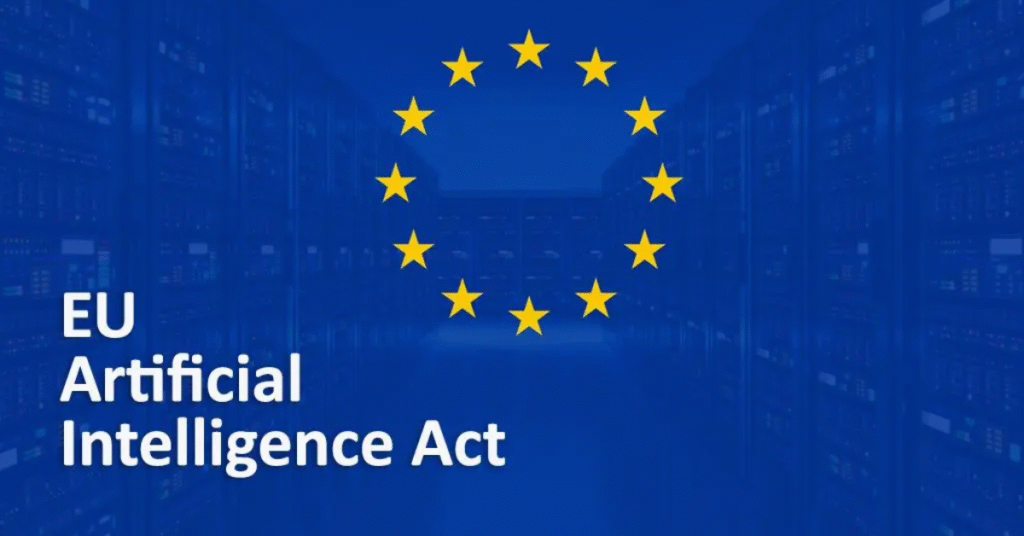- Tracy
- ai, Sovereign, Technology
- 0 Comments
- 13286 Views
Top 3 Sovereign AI trends in 2026
1/ Key takeaways
Sovereign AI is the defining strategic shift for 2026, driven by rising regulatory scrutiny and the rise of regional AI hubs. Organizations must act now to capitalize on the demand for localized solutions by future-proofing their data stack with Confidential Computing and leveraging compliance as a key competitive differentiator.
2/ Top 3 Sovereign AI trends in 2026
2.1. What’s Sovereign AI
The term Sovereign AI has become a critical strategic topic. It refers to the creation, deployment, and governance of Artificial Intelligence systems. These systems are managed within frameworks that prioritize data sovereignty, infrastructure control, and regulatory compliance.
Simply put, Sovereign AI means owning every layer of your AI stack. This includes localized data storage, independent model orchestration, and even the compute power itself. True sovereignty lets you access, manage, and control your data. You maintain this control securely and compliantly, regardless of where or how you use the AI.
The implications and impact of sovereign AI are far-reaching across sectors:
- Health care: Patient data can be processed and stored locally. This is key to complying with strict privacy laws.
- Finance: Transaction data and AI models can remain within national borders. This meets important financial regulations.
- Public sector: Government AI systems can be designed for improved transparency. This also gives local entities more control.

2.2. Why is Sovereign AI essential?
Global data privacy regulations are becoming increasingly tight. Consequently, organizations must ensure compliance while still maintaining operational flexibility. Sovereign AI offers a powerful solution for this challenge.
It helps ensure that data, model weights, and compute resources remain within specific national or regional boundaries. This directly addresses regulatory, privacy, and geopolitical concerns. Furthermore, it helps build confidence with customers and partners. You also reduce dependency on foreign technology providers.
2.3. First Sovereign AI trend: Increased regulatory scrutiny
Governments worldwide are tightening the rules. Expect new, extensive regulations on data privacy, security, and AI governance. This scrutiny is moving beyond simple compliance. For example, the EU AI Act sets a global precedent with its risk-based framework. Countries like Vietnam are now drafting similar, risk-tiered laws.
The US outlook remains fragmented, but states are moving fast. The Colorado AI Act (CAIA) and Utah’s disclosure laws show clear momentum toward mandatory transparency.
Actionable insight: Organizations must proactively implement robust compliance programs. These should cover transparency, explainability, and continuous monitoring. This prevents massive legal penalties. Crucially, this pre-emptive approach also protects brand trust with your customers.

2.4. Second Sovereign AI trend: Initial demand for sovereign AI solutions
Organizations are finally moving from planning to action. They are actively seeking AI solutions that comply with specific local laws and data residency mandates. The need for control over where data is processed is non-negotiable for critical sectors.
To achieve true data and compute localization, organizations are aggressively adopting multi-cloud and edge computing strategies.
Real-world example: NATO recently signed a multi-million-dollar deal with Google Cloud for an AI-enabled sovereign cloud. This uses air-gapped infrastructure to guarantee data residency and maintain absolute operational control. Similarly, hyperscalers like AWS and Microsoft are launching European-specific Sovereign Clouds. Companies that successfully navigate these sovereignty requirements will undoubtedly gain customer confidence and access new, regulated markets.
2.5. Third Sovereign AI trend: Rise of regional and national AI hubs
Nations are increasingly seeing Sovereign AI as a vital issue of economic and strategic autonomy. This strategic mindset drives global investment. Countries and regions are now heavily investing to build robust, local AI ecosystems. These specialized hubs are designed to directly foster innovation and boost economic growth within their own borders.
These ambitious initiatives serve multiple purposes. They are specifically designed to attract top global talent and capital. This localization strategy also significantly reduces reliance on foreign AI capabilities.
– UK’s AI Growth Zones: The UK, for instance, is creating AI Growth Zones backed by billions in investment. An example is the zone in South Wales, focused on boosting local skills and job creation.
– Asia’s Regional Hubs: In Asia, countries like Thailand are positioning themselves as regional AI hubs. Their approach is driven by key public-private partnerships.
– National Compute Focus: Saudi Arabia’s massive ventures are focusing on building national-scale AI compute and infrastructure. This ensures local control over foundational technology.
These focused regional efforts guarantee that AI development aligns closely with specific national interests and shared ethical values.

3/ Hola Tech’s pov:
To truly benefit from the rise of Sovereign AI, you need to move beyond basic compliance and treat it as a strategic opportunity. This requires a clear, three-pronged strategy that links technology, business operations, and local partnerships for long-term success. Firstly, future-proof your data stack. Do not wait for the next regulation; immediately implement a multi-cloud or hybrid-cloud architecture with strict data residency policies. Furthermore, prioritize solutions like Confidential Computing. This encrypts data even while it is in use, adding a critical layer of technical and legal sovereignty, which helps mitigate risks associated with extraterritorial access laws.
Secondly, you must build localized AI capabilities. Partner with emerging regional AI hubs and local universities to access specialized domestic talent and foundation models aligned with local culture and language. This dual focus reduces vendor lock-in and creates AI systems that are inherently more accurate for local customer needs. Finally, gain competitive trust. Actively use your transparent, compliant Sovereign AI setup as a key competitive differentiator. By clearly demonstrating control over data and full regulatory adherence, you build deeper customer confidence in highly regulated sectors. This allows you to successfully access new, previously restricted markets.
Want to stay ahead of the curve in the world of decentralized technology and AI? Check out Hola Tech blog for more exciting technology news and useful information!















